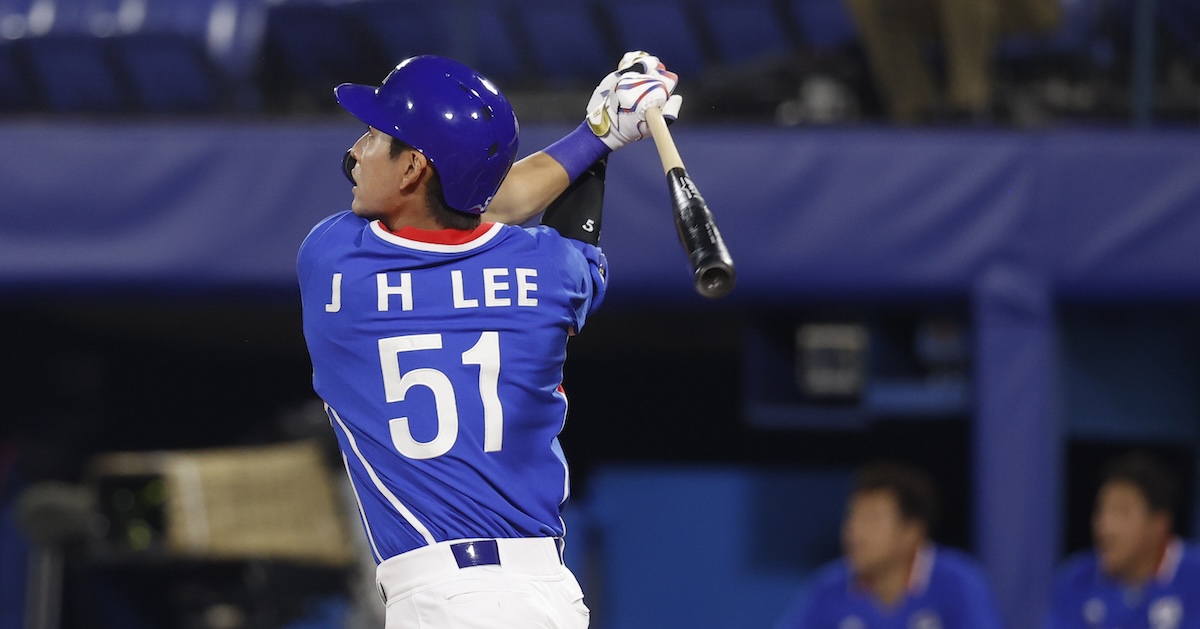Giants Finally Make a Free Agent Splash with Jung Hoo Lee Signing

After they were left at the altar by Aaron Judge and objected to the results of Carlos Correa’s physical last offseason, the San Francisco Giants have finally made a long-term splash in free agency with the addition of 25-year-old Korean center fielder Jung Hoo Lee 이정후, who is joining the team on a six-year, $113 million deal, per Jon Heyman of The New York Post. The contract has a player opt-out after four years.
Lee has been evaluated as a Top 100-quality prospect at FanGraphs since the 2020 KBO season. He was the first player in KBO history to go straight from high school to their top level of play and won Rookie of the Year as an 18-year-old in 2017. He has a career .340/.407/.491 line in the KBO, and has made elite rates of contact (roughly 5.5% strikeout rate and 11% walk rate combined the last two seasons) while playing quality center field defense.
Lee immediately becomes the best defensive center fielder in a crowded Giants outfield group that was toward the bottom of the league in production last year. He’s a plus runner with above-average range and ball skills, and a plus arm. He did suffer a fractured ankle that effectively ended his season in July (he made one pinch-hit plate appearance toward the end of the year), and the deal is still pending a physical, but as The Athletic noted, he reportedly conducted agility drills for teams recently. Read the rest of this entry »







